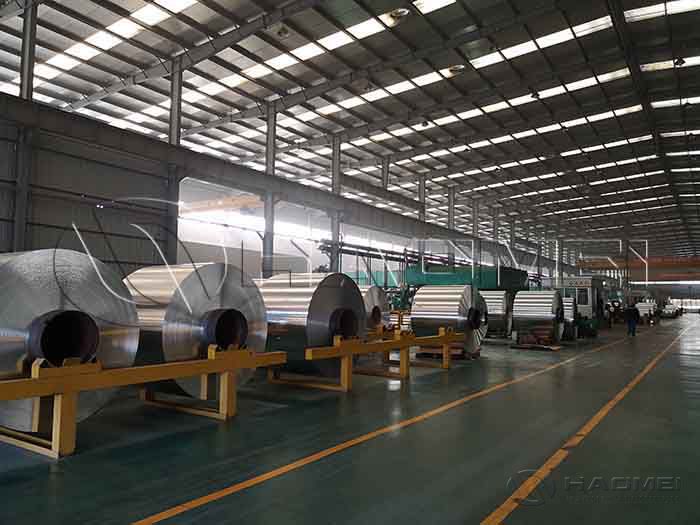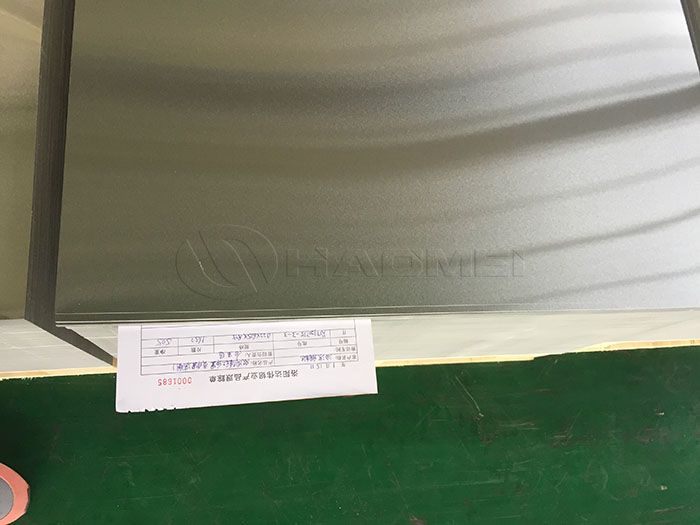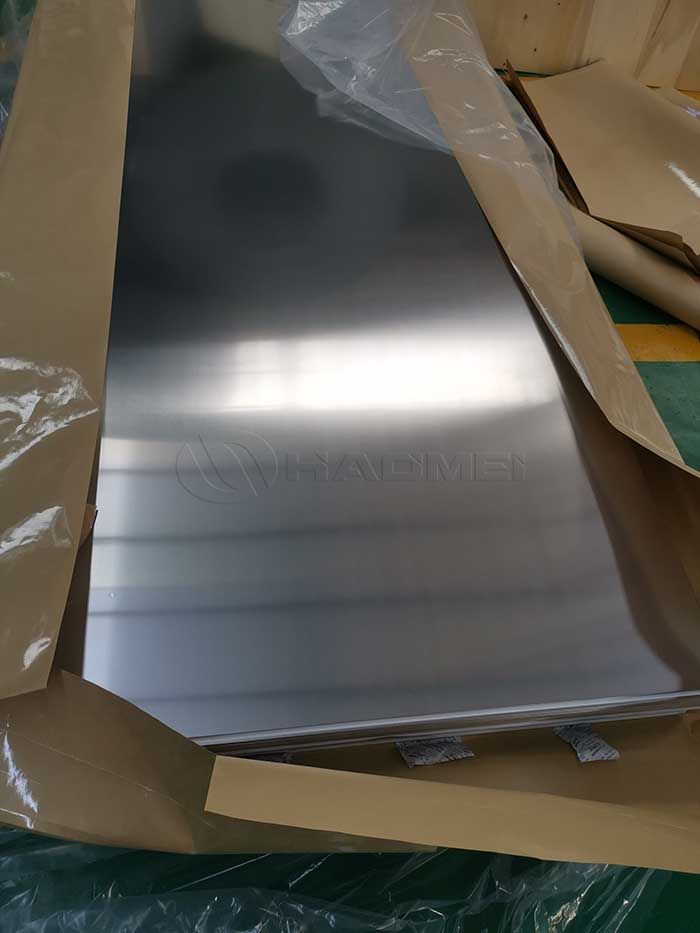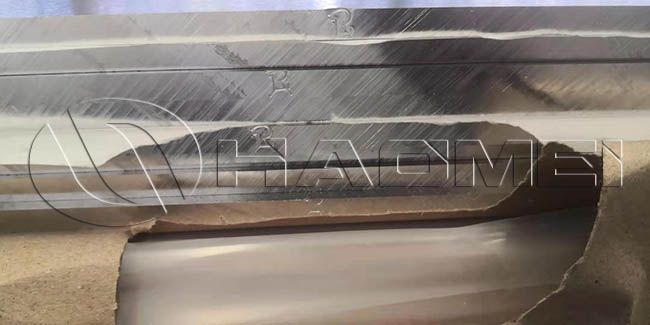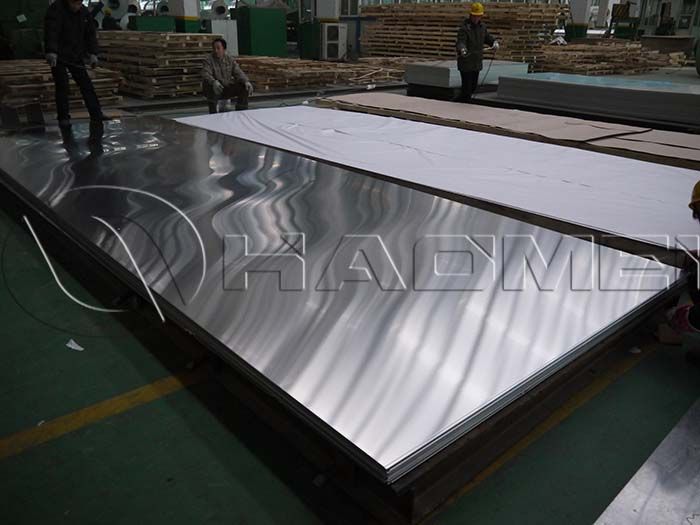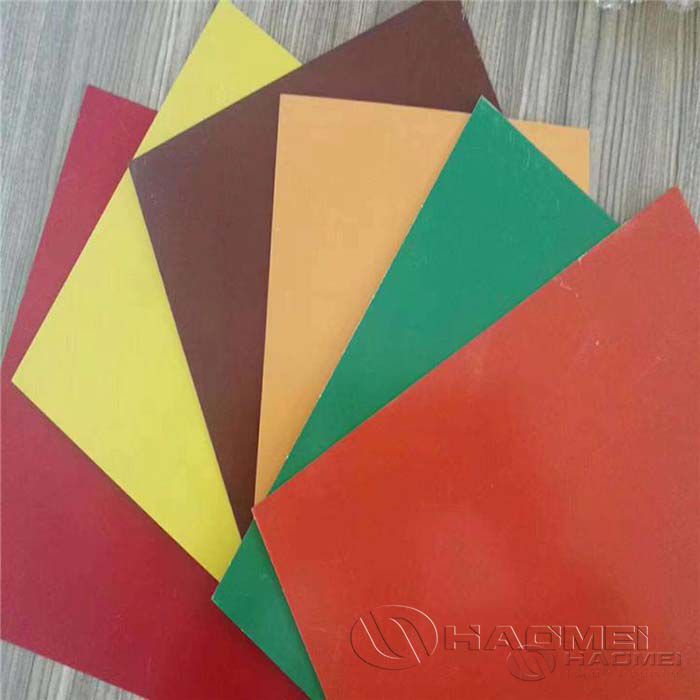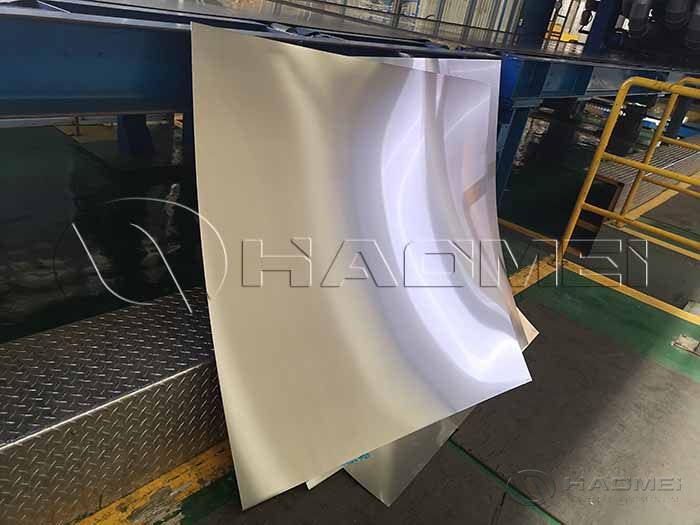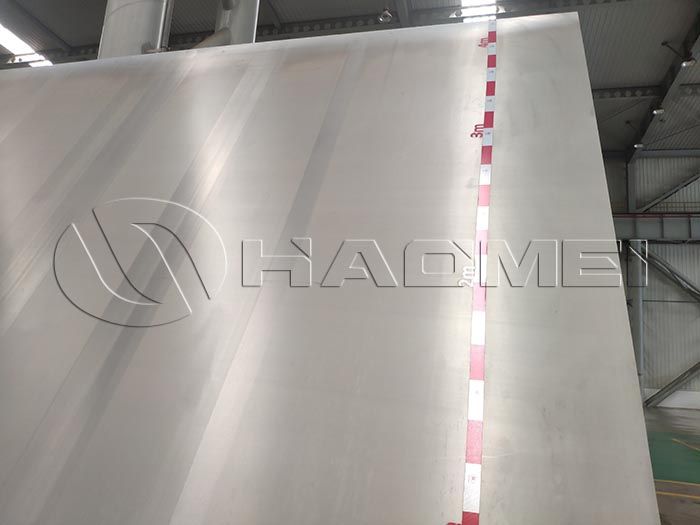La placas de aluminio anodizado es como un ánodo en un electrolito (como ácido sulfúrico, ácido crómico, ácido oxálico, etc.), y la electrólisis se realiza bajo condiciones específicas y la acción de una corriente aplicada. Su superficie tendrá una fina capa de alúmina con un espesor de 5-200 micras. Hay muchos microporos en la fina capa de película de óxido, que se pueden colorear en varios colores brillantes.
La placa de aluminio anodizado ha mejorado su dureza y resistencia al desgaste, hasta 250 ~ 500 kg/mm2, buena resistencia al calor, punto de fusión de película anodizada dura hasta 2320 K, excelente aislamiento, alto voltaje de ruptura 2000 V, resistencia a la corrosión mejorada, sin corrosión después de varios mil horas en niebla salina ω=0.03NaCl.
Aleaciones adecuadas
Diferentes oligoelementos tienen diferentes efectos sobre el efecto de anodizado. La lámina de aluminio puro tiene el mejor efecto de oxidación. Debido al alto contenido de zinc, el elemento de zinc es el componente químico que tiene la mayor influencia en el efecto anodizado, por lo que el efecto anodizado de la serie 7 es deficiente.
En general, el efecto de anodizado disminuye en el siguiente orden: aleación 1000 > aleación 5 > aleación 6 > aleación 3 > aleación 2 > aleación 7. Las aleaciones comúnmente utilizadas son 1060, 5052, 6061, 6063, etc.
La aleación de aluminio 5052 tiene una calidad de anodizado excepcional y puede satisfacer cualquier necesidad de color. Su calidad de procesamiento superficial es excepcional y se puede procesar en una variedad de texturas diferentes. Es ideal para dispositivos electrónicos más grandes, como computadoras portátiles y televisores. Además de las excelentes capacidades de anodizado y combinación de colores, esta aleación de aluminio tiene una resistencia y formabilidad moderadas para cumplir con los requisitos de diseño de muchos productos electrónicos de consumo.
El proceso de anodizado
Existen procesos de anodizado comunes: proceso de anodizado con ácido sulfúrico, proceso de anodizado con ácido crómico, proceso de anodizado con ácido oxálico y proceso de anodizado con ácido fosfórico. Cuando se utilizan diferentes electrolitos, las películas de óxido obtenidas tienen grandes diferencias en apariencia y propiedades. En la producción real, es necesario seleccionar un proceso de anodizado adecuado según el propósito de uso.
En la actualidad, el proceso de oxidación anódica ampliamente utilizado en el país y en el extranjero es la oxidación anódica con ácido sulfúrico. La anodización con ácido sulfúrico tiene un bajo costo de producción, un proceso simple, poco tiempo, fácil producción y operación, alta transparencia de la película, buena resistencia a las velas y al desgaste. En comparación con otra anodización ácida, tiene ventajas obvias en varios aspectos.
Ventajas de la chapa de aluminio anodizado
1. Buena capacidad de trabajo: la lámina de aluminio anodizado tiene fuertes propiedades decorativas, dureza moderada y se puede doblar y formar fácilmente para un estampado continuo de alta velocidad, lo cual es conveniente para el procesamiento directo en productos sin un tratamiento de superficie complejo, lo que ahorra en gran medida el costo de producción.
2. Buena resistencia a la intemperie: la chapa aluminio 1mm con película de óxido de espesor estándar (3 μm) no cambiará de color, corrosión, oxidación ni herrumbre después de un uso prolongado en interiores. La placa de aluminio anodizado con película de óxido gruesa (10 μm) se puede usar al aire libre y se puede exponer a la luz solar durante mucho tiempo sin decolorarse.
Como uno de los proveedores de láminas de aluminio anodizado de buena reputación, Haomei Aluminium puede proporcionarle aleaciones ricas y un efecto de anodizado confiable. Bienvenido a dejar un mensaje a continuación para consultar lo que necesita.
fuente original: https://www.placadealuminio.es/a/fabricante-placas-aluminio-anodizado.html
